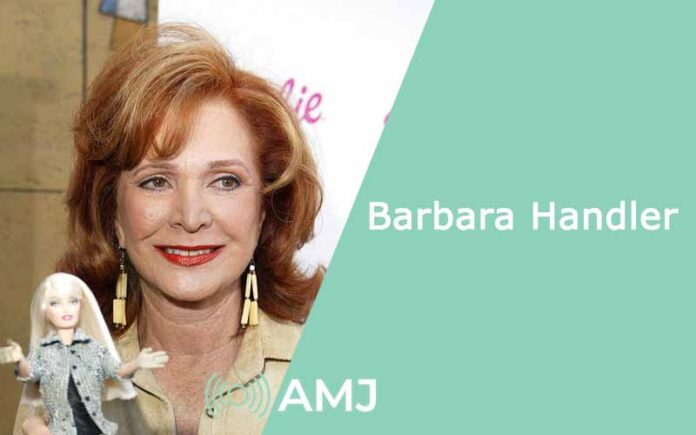While the name Barbie is synonymous with childhood dreams and dollhouses, the woman who inspired it often remains in the shadows.
Barbara Handler, the daughter of Ruth and Elliot Handler played a pivotal role in the creation of one of the most influential toys of the 20th century. Her childhood play patterns not only sparked an idea but also laid the foundation for a cultural phenomenon.
If you have been meaning to unfold more details about her and her association with Barbie, we have all the relevant details.
Contents
A Look into the Dollhouse Dream
In the late 1950s, young Barbara, like many children, enjoyed playing with paper dolls. However, Ruth noticed a limitation: these dolls offered limited representation of adult life.
Barbara would often create scenarios for her paper dolls that reflected grown-up aspirations, like attending college or pursuing careers. This sparked a realization in Ruth – there was a market gap for a three-dimensional doll that could embody these dreams.
Inspired by a German doll named Bild Lilli, which depicted a teenage fashion model, Ruth envisioned a doll that could be more than just a pretty face. Barbie, named after Barbara, was born in 1959.
Unlike traditional baby dolls, Barbie was a teenager with a grown-up body type and a variety of career options. This revolutionary concept resonated with children, allowing them to project their futures onto the doll.
Beyond the Dollhouse
While Barbara’s role in Barbie’s creation is undeniable, her own life has remained largely out of the spotlight. Public information is limited, but some details offer a glimpse into the woman behind the doll.
Born and raised in California, Barbara reportedly married young, had children, and later divorced. Unlike her parents who were deeply entrenched in the toy industry, Barbara’s path seems to have diverged.
There’s a certain irony in this. The doll inspired by her childhood play became a global juggernaut, shaping the way girls played for generations. Yet, Barbara herself seemingly chose a life outside the world of toys. This detachment from the public eye adds an air of mystery to her story.
Barbara Handler and Her Legacy of Empowerment
Despite the lack of personal details, Barbara’s influence is undeniable. Through her childhood play, she sparked a revolution in the toy industry, paving the way for dolls that depicted a broader spectrum of femininity.
Barbie, for all its criticisms, offered a sense of agency for young girls. They could dress her in doctor’s scrubs, pilot uniforms, or business attire, fostering dreams beyond traditional gender roles.
While the cultural impact of Barbie remains a topic of debate, there’s no denying its influence on popular culture. The doll has been featured in countless films, television shows, and parodies. It’s become a symbol of fashion, independence, and a reflection of the ever-evolving societal expectations placed upon women.
FAQs
1. Who is Barbara Handler and how is she connected to Barbie?
Barbara Handler, the daughter of Mattel co-founder Ruth Handler, is the inspiration behind the creation of Barbie, which was named after her.
2. What inspired Barbara Handler to create the Barbie doll?
Barbara Handler’s vision for Barbie came from a desire to create a doll that allowed young girls to imagine themselves in adult roles, moving beyond traditional baby dolls.
Conclusion
Barbara Handler’s story is a reminder that even the most seemingly insignificant moments can have a lasting impact. Her childhood play not only shaped her world but inadvertently influenced the way millions of girls imagined theirs.












![Index of Money Heist [Season 1, 2, 3 & 4 – All Episodes, Cast and Plot] Index of Money Heist](https://www.asiamediajournal.com/wp-content/uploads/2021/05/Index-of-Money-Heist-3-100x70.jpg)